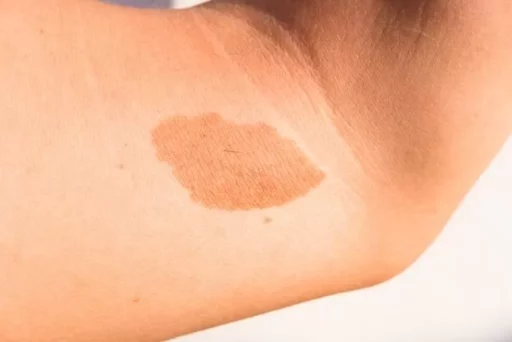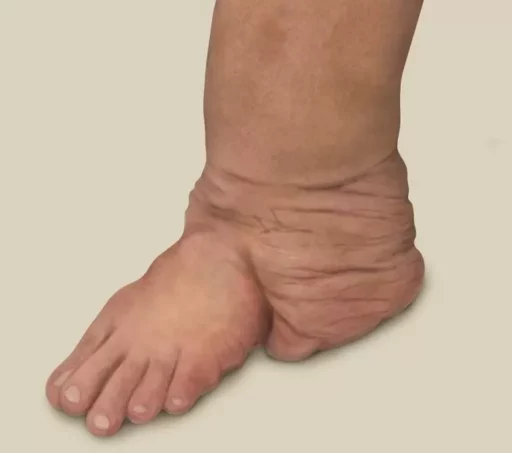
Lee Dong-guk's 'Lion Hearts FC'… A Special Meeting with Children with Neurofibromatosis Type 1
The 'Lion Hearts FC Soccer Classroom' video released on the JTBC YouTube channel is drawing attention.
The 'Lion Hearts FC' team, led by Lee Dong-guk, spent a special day playing soccer with children suffering from Neurofibromatosis Type 1.
The children chose team names 'Handsome Team' and 'Real Jong-woo Strongman Team,' showcasing bright smiles throughout the match and demonstrating their passionate play. These seemingly healthy children are dealing with the rather unfamiliar hereditary rare disease known as 'Neurofibromatosis Type 1' to the public.

Neurofibromatosis Type 1 is a hereditary condition that causes developmental abnormalities in the nervous system, bones, and skin.
Half of patients with Neurofibromatosis Type 1 inherit it from their parents, while the other half occurs due to random gene mutations. However, it is common for parents not to show noticeable symptoms, leading to cases going unnoticed. Therefore, carefully monitoring for early symptoms is crucial.

Randomly occurring 'café-au-lait spots' as the first signal
The symptoms of Neurofibromatosis Type 1 vary from patient to patient. A representative early symptom is 'café-au-lait spots.' These light brown spots on the skin can appear before the age of one, and the size and number differ for each person.
In addition, freckles in the armpits or groin, scoliosis, cognitive dysfunction, and learning disabilities may also appear.

Particularly, half of the patients with Neurofibromatosis Type 1 may also show 'plexiform neurofibromas.' Plexiform neurofibromas are irregular tumors that grow along nerves and can occur in any part of the body.
Most importantly, the younger the patient, the faster the tumor growth rate, and there's a greater chance of malignant transformation, making early detection and treatment crucial.
Plexiform neurofibromas can lead to vision and hearing loss depending on their location, as well as significant discomfort such as pain, weakness, and numbness. Moreover, as the tumors grow larger, serious issues such as speech disorders, mobility issues, and diminished bladder and organ function may arise.

If café-au-lait spots or freckles appear, rapid testing is essential.
According to the National Institutes of Health (NIH) in the United States, if a patient meets two or more of the following criteria, Neurofibromatosis Type 1 may be suspected:
▲ Six or more café-au-lait spots larger than 5mm before puberty or larger than 15mm after puberty ▲ Freckles in the armpits or groin ▲ Two or more iris Lisch nodules ▲ Two or more neurofibromas or one plexiform neurofibroma ▲ Characteristic bone lesions such as sphenoid dysplasia or thinning of the pelvic cortex ▲ Optic nerve glioma
Especially since café-au-lait spots or freckles are easily identifiable signs, it is important to seek professional testing if they become noticeable.

Fortunately, recent advances have led to the emergence of treatments targeting the underlying causes of Neurofibromatosis Type 1, allowing for more proactive treatment upon symptom detection.
Until now, Neurofibromatosis Type 1 has been a progressive disease without a fundamental treatment, relying solely on therapies to alleviate symptoms. However, in 2021, Koselugo (active ingredient: selumetinib) became the first drug approved in South Korea, marking a turning point in treatment.
Koselugo reduces tumor size and alleviates pain, while also showing improvement in neurocognitive function.
Currently, health insurance covers patients aged 3-18 with Neurofibromatosis Type 1 who have plexiform neurofibromas and are not eligible for surgery.
Image source: youtube 'jtbc entertainment', adobestock


